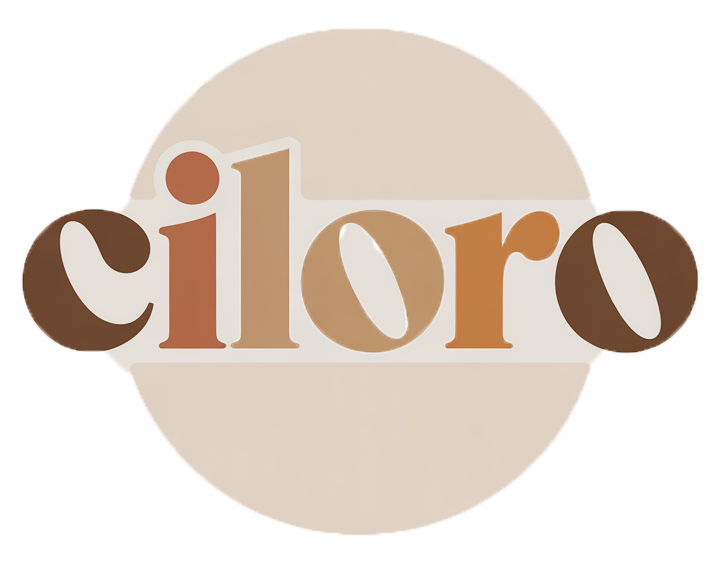Incorporating Art into Home Decor for a Personalized Space
Discover how to transform your home with art, enhancing your decor and personalizing your space through various styles and creative display ideas.
The importance of home decor in creating a personal space cannot be overstated. It reflects individual tastes and preferences, making a house feel like a home. Art pieces play a crucial role in this process, as they have the power to transform a room’s atmosphere, infusing it with emotion and character.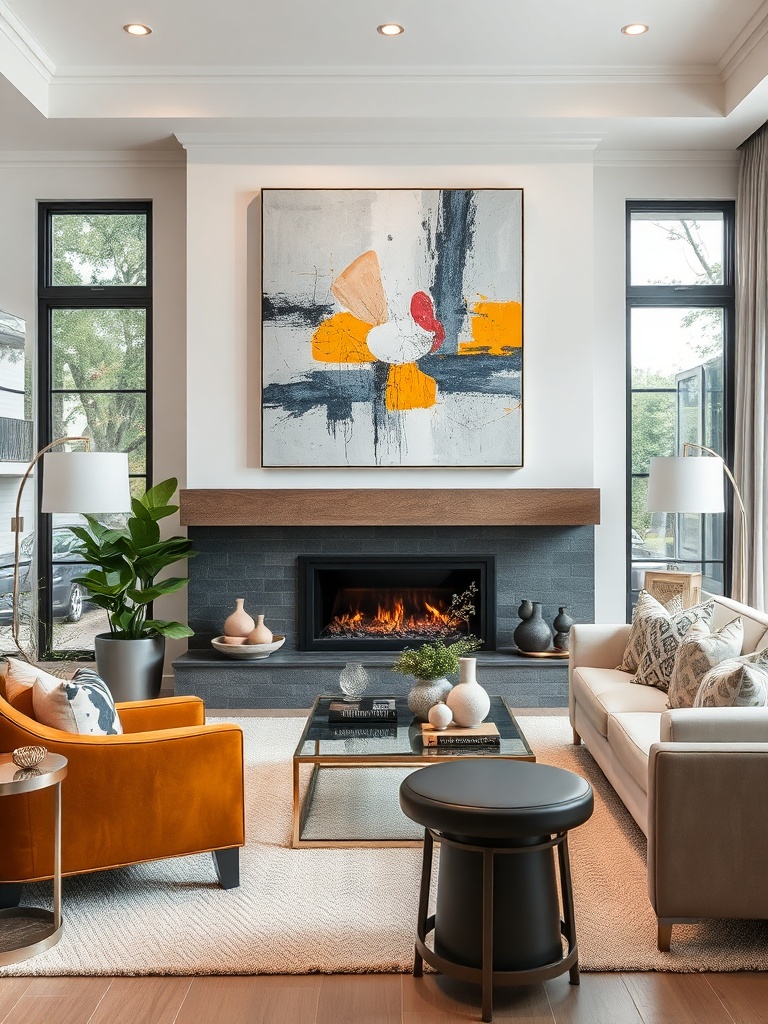
This article aims to explore various ways to incorporate art into home decor, providing insights and inspiration for creating a beautiful, personalized space.
Understanding the Role of Art in Home Decor
Emotional Impact of Art
Art is not merely a visual element; it can evoke feelings and set moods within a space. The psychological benefits of surrounding yourself with art are profound, as it can enhance your well-being and inspire creativity.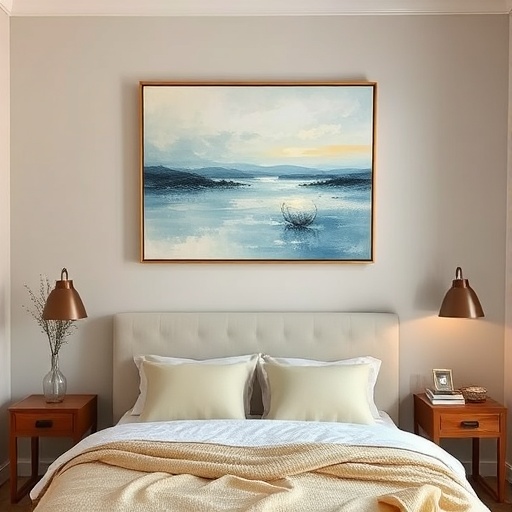
Here are some examples of different art styles and their emotional effects:
- Abstract: Often evokes feelings of curiosity and wonder.
- Realism: Creates a sense of familiarity and comfort.
- Impressionism: Inspires feelings of nostalgia and tranquility.
Art as a Focal Point
Creating a visual centerpiece in a room can significantly enhance its aesthetics.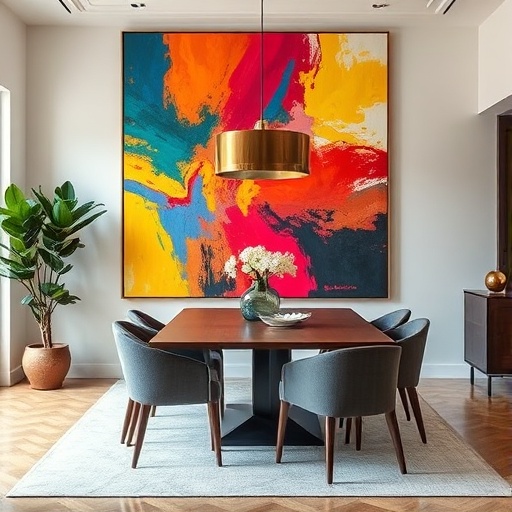
It’s essential to find the right balance between art and other decor elements, ensuring that each complements the other. Consider the following when choosing the right size and placement for impact:
- Identify a wall or area that needs a focal point.
- Choose a piece that resonates with the room's theme.
- Consider the size of the piece in relation to the surrounding space.
Types of Art to Consider
Paintings
Paintings come in various styles, including abstract, realism, and impressionism.
When selecting paintings, choosing the right medium is crucial:
- Oil: Rich in texture and color.
- Acrylic: Versatile and quick-drying.
- Watercolor: Delicate and ethereal.
Tips for selecting paintings that match your decor theme include considering color, style, and the message you want to convey.
Photography
The power of photography in home decor can transform a space.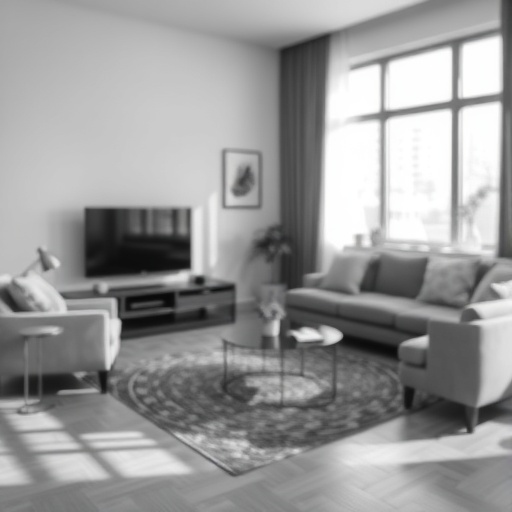
Different genres such as landscape, portrait, and black and white can evoke various emotions. When framing and displaying photographs, consider:
- Choosing frames that complement the photograph.
- Using consistent matting for a cohesive look.
- Arranging photographs in a way that tells a story.
Sculptures
Sculptures can add dimension and texture to your decor.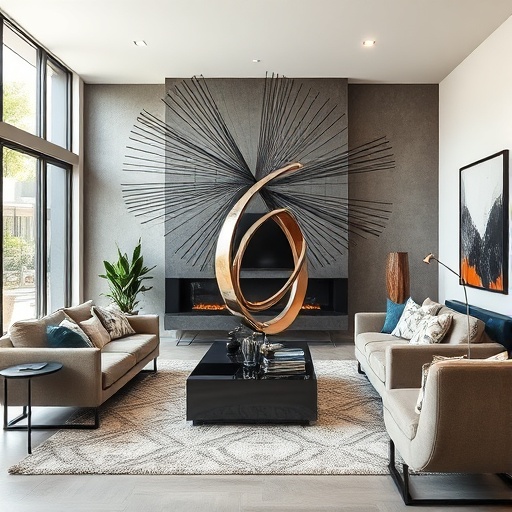
They come in various types, including:
- Indoor vs. Outdoor: Consider the environment where the sculpture will be displayed.
- Modern vs. Traditional: Choose based on your overall decor style.
Material considerations are essential, with options like metal, wood, and ceramic providing unique aesthetics.
Wall Art and Murals
Large-scale wall art can have a significant impact, while murals or decals can create a feature wall.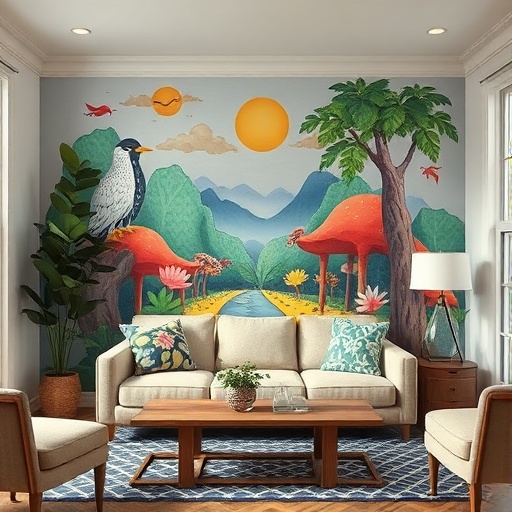
Consider the following:
- DIY options for personal expression.
- Professional installations for a polished look.
Mixed Media Art
Exploring the diversity of mixed media pieces can add a unique touch to your home.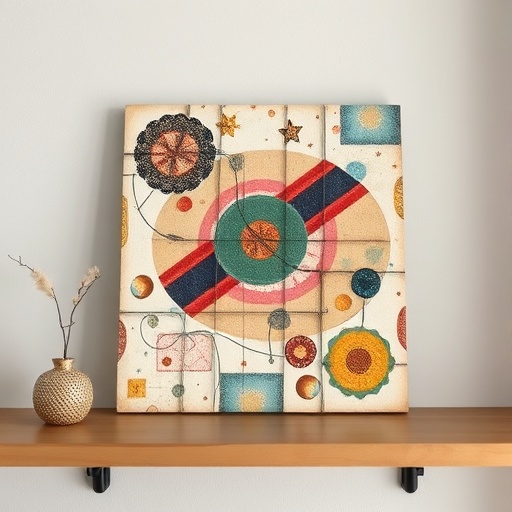
Blending different materials and styles can create captivating art displays. Look for unique mixed media artists to find one-of-a-kind pieces.
Choosing the Right Art for Your Space
Assessing Your Personal Style
Identifying your decor style—whether modern, bohemian, or minimalist—will help align your art choices with your personal tastes. Consider the following tips for discovering your art preferences:
- Visit galleries and museums.
- Engage with art communities online.
- Experiment with different styles in your home.
Considering Color Palettes
Color harmony is vital in home decor. Select art that complements your existing color scheme, and consider using art to introduce new colors into a space:
- Evaluate the dominant colors in your room.
- Choose art that enhances or contrasts these colors.
- Incorporate accent colors from your decor into the artwork.
Size and Scale Considerations
Understanding proportion in art placement is crucial. Here are guidelines for selecting art size based on room dimensions:
- Large art pieces can make a bold statement in spacious areas.
- Grouping smaller pieces can create an interesting gallery effect.
- Consider the height at which art is hung for optimal visibility.
Creative Ways to Display Art
Gallery Walls
The concept of gallery walls is highly appealing.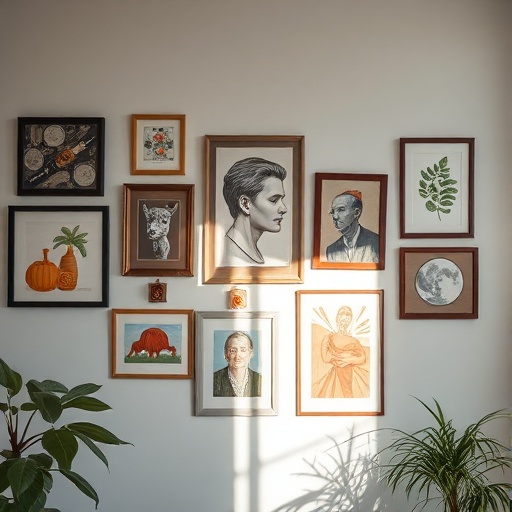
Here are tips for arranging a cohesive gallery wall:
- Choose a theme or color palette.
- Mix different art forms for diversity.
- Use consistent spacing between pieces for harmony.
Floating Shelves and Ledges
Floating shelves offer versatility for art display. Style them with art and decor items, and enjoy the benefits of easily changing out pieces.
Art Frames and Matting
The role of framing in enhancing artwork is significant. Consider different frame styles and their impact on art presentation:
- Choose frames that complement the artwork.
- Experiment with matting to improve visual appeal.
Using Art Stands and Easels
Displaying art on stands or easels adds charm and flexibility. This display method is suitable for:
- Living rooms and bedrooms for a relaxed feel.
- Seasonal rotations to keep decor fresh.
Incorporating Art in Different Rooms
Living Room
Choosing the right focal point art piece can define your living room. Balance art with functional furniture and layer art with other decor elements for a harmonious look.
Bedroom
Creating a personal sanctuary with art can enhance relaxation. Consider art choices that promote tranquility and tips for arranging art above beds or dressers.
Kitchen and Dining Areas
Selecting art that complements food and dining themes can create a cohesive atmosphere. Practical considerations for kitchen art include:
- Choosing durable materials that are easy to clean.
- Incorporating art that sparks conversation in dining settings.
Home Office
Motivational art pieces can enhance productivity in a home office.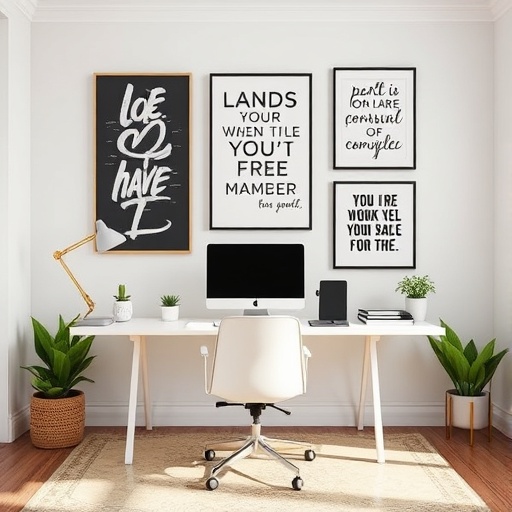
Curate a creative workspace with art that balances aesthetics with functionality.
The Benefits of Investing in Art
Long-Term Value
Understanding art as an investment can provide long-term value. Consider the potential for art to appreciate in value and tips for choosing art with resale potential.
Supporting Local Artists
Purchasing from local artists has numerous benefits. Here’s how to find local art fairs and galleries, and understand the impact of supporting the local art community.
Art Care and Maintenance
Protecting Your Art
Preventing damage to art pieces is essential.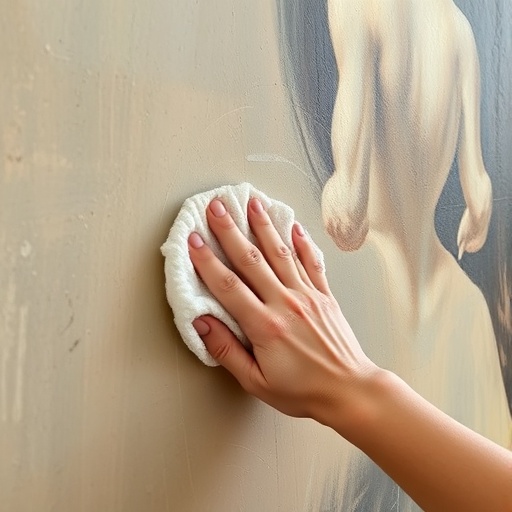
Important environmental factors such as light and humidity should be considered, along with proper storage and handling of delicate artworks.
Cleaning and Preservation
Best practices for cleaning different types of art can help maintain their beauty. Techniques for preserving artwork for longevity should be understood, and know when to seek professional help for art maintenance.
Key Takeaways
- Art significantly impacts the atmosphere of a home.
- Choosing the right art involves understanding personal style and preferences.
- Creative display methods can enhance the visibility and appeal of art.
- Investing in art can provide financial and emotional rewards.
- Caring for your art ensures its longevity and beauty.
Conclusion
Art has the transformative power to elevate home decor, creating spaces that reflect personal style and taste. It is encouraged to explore various art styles and preferences to make art an integral part of your home aesthetics. By thoughtfully incorporating art into your decor, you can create an environment that is both beautiful and meaningful.
FAQ
How do I choose the right art for my home?
Consider your personal style, the color palette of your space, and the size of the art in relation to your room's dimensions. Explore different art forms to find what resonates with you.
What types of art are best for a living room?
Focal point pieces such as large paintings or sculptures work well, as do gallery walls that showcase a variety of art forms and styles.
How can I display art creatively?
Consider options like gallery walls, floating shelves, or using stands and easels to create dynamic displays that can be easily updated.
What should I consider when buying art as an investment?
Look for pieces that have potential for appreciation, consider the artist's reputation, and assess the quality and uniqueness of the artwork.
How can I support local artists?
Visit local art fairs, galleries, and exhibitions. Engaging with local art communities can help you discover new talents and support the local economy.
